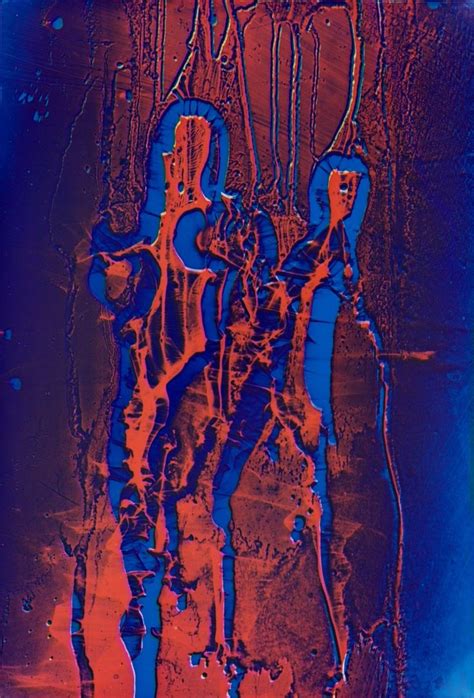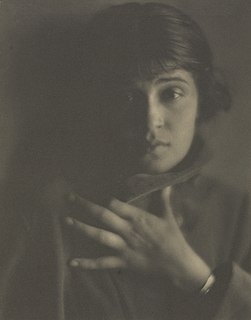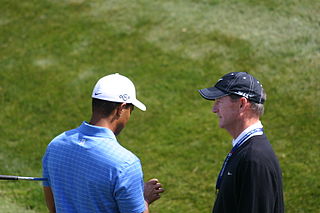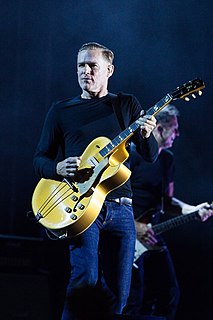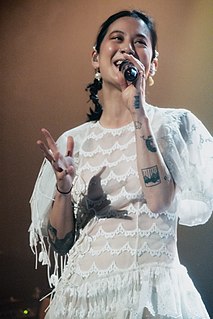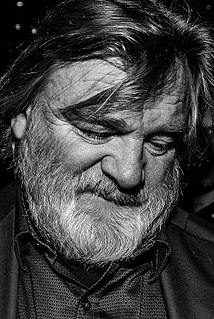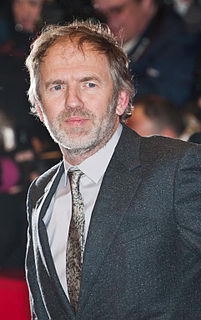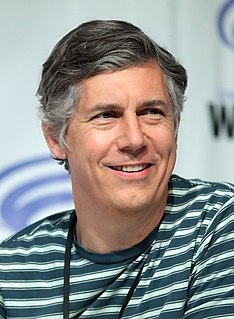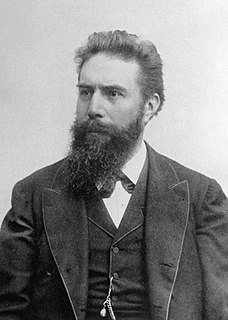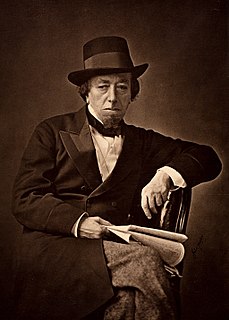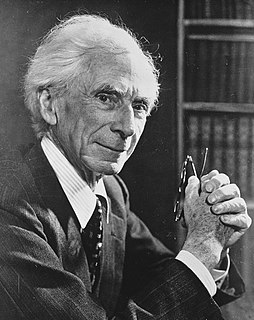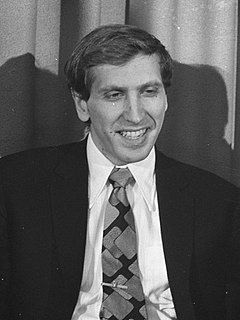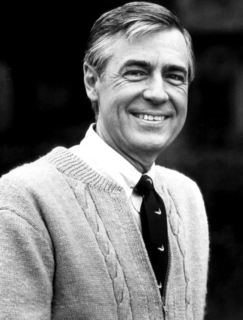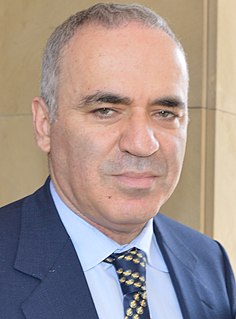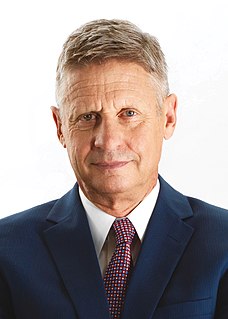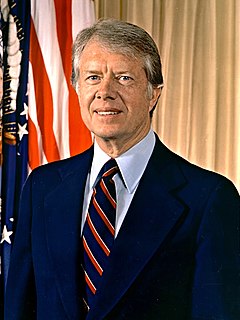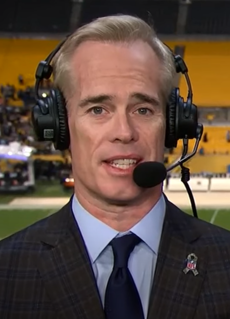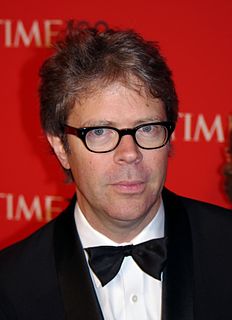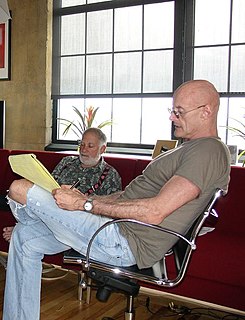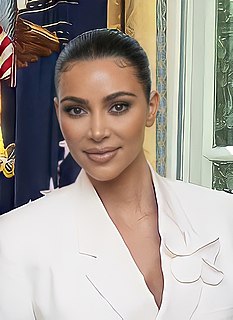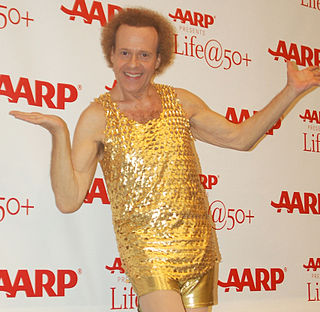A Quote by Antony Armstrong-Jones, 1st Earl of Snowdon
If there is a good thing about photography, it is that it can be easily enjoyed.
Quote Topics
Related Quotes
Somebody said recently that the best thing a student could do was to get in some shows and publish a book; but nothing about becoming a human being, nothing about having important feelings or concepts of humanity. That's the sort of thing that is bad education. I'd say be a human being first and if you happen to wind up using photography, that's good for photography.
To know whether photography is or is not an art matters little. What is important is to distinguish between good and bad photography. By good is meant that photography which accepts all the limitations inherent in photographic technique and takes advantage of the possibilities and characteristics the medium offers. By bad photography is mean that which is done, one may say, with a kind of inferiority complex, with no appreciation of what photography itself offers: but on the contrary, recurring to all sorts of imitations.
We're getting the blues about having to walk away from this whole thing. We enjoyed it a lot and it all felt good. We had a good experience on it. We thought we could do good work together. And it is unusual to get the next one, straight off the bed. John is funny. When he gets moving, he moves pretty quickly.
It's possible to think of photography as an act of editing, a matter of where you put your rectangle pull it out or take it away. Sometimes people ask me about films, cameras and development times in order to find out how to do landscape photography. The first thing I do in landscape photography is go out there and talk to the land - form a relationship, ask permission, it's not about going out there like some paparazzi with a Leica and snapping a few pictures, before running off to print them.
I collect art on a very modest scale. Most of what I have is photography because I just love it and it makes me happy and it looks good in my home. I also have a pretty big collection of art books mainly, again, on photography. A lot of photography monographs, which is great because with photography, the art itself can be reproduced quite well in book form.

